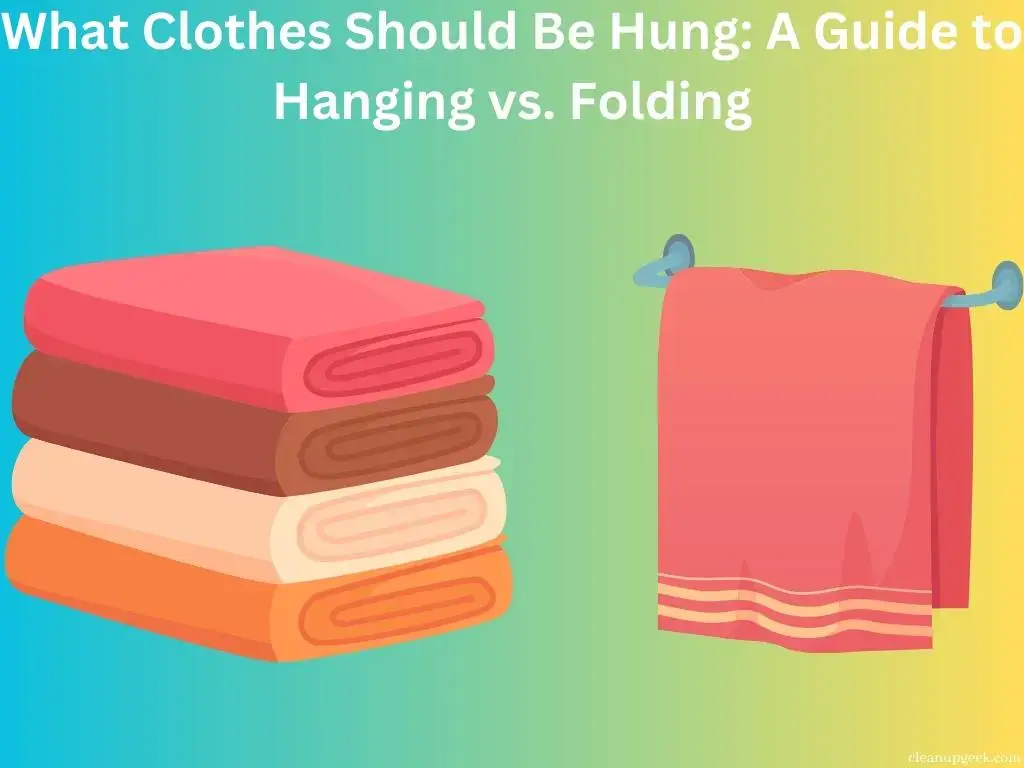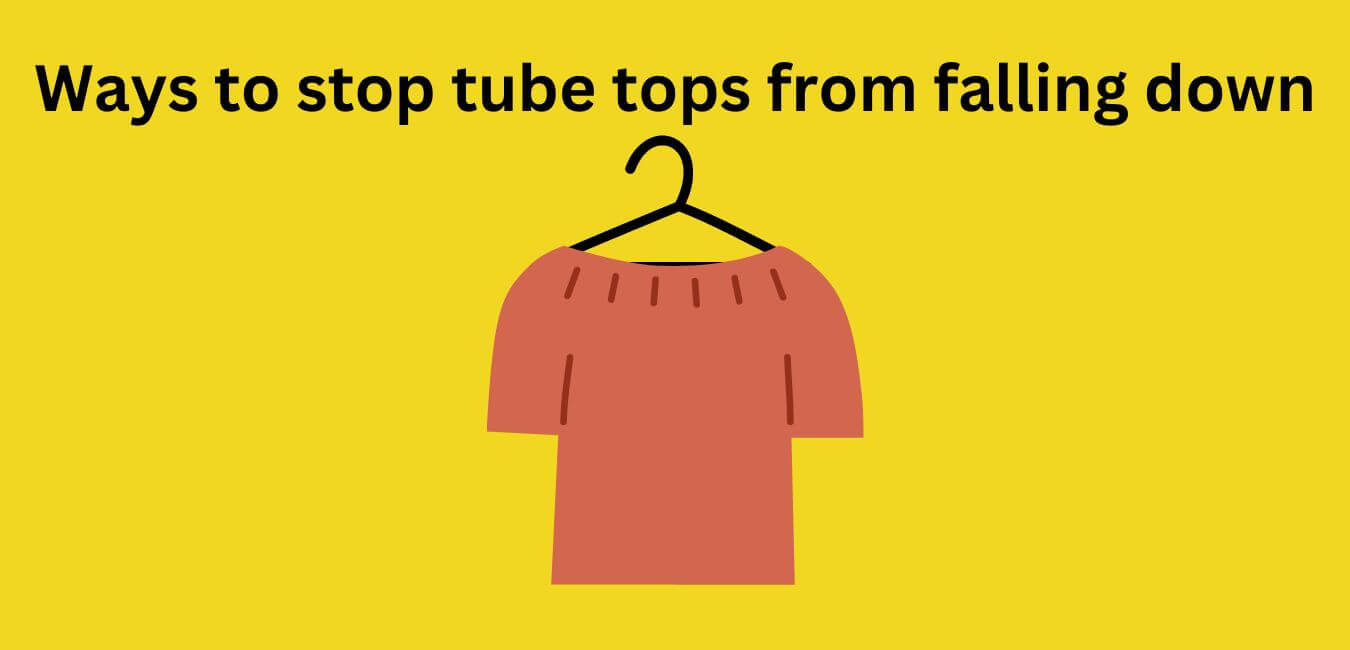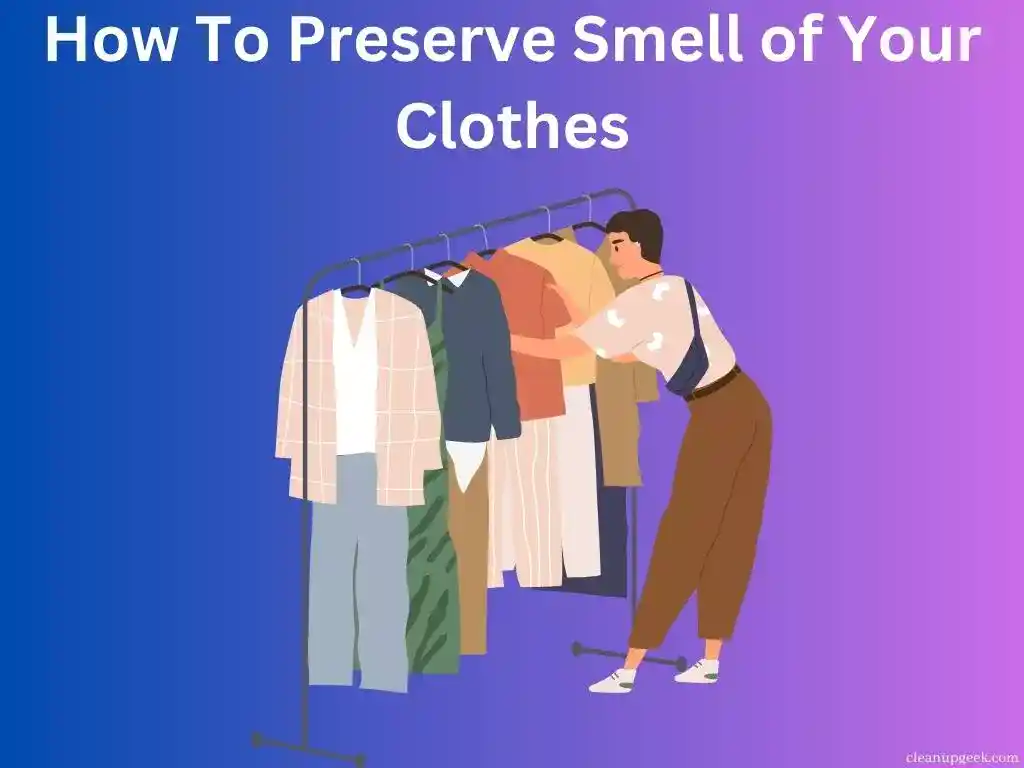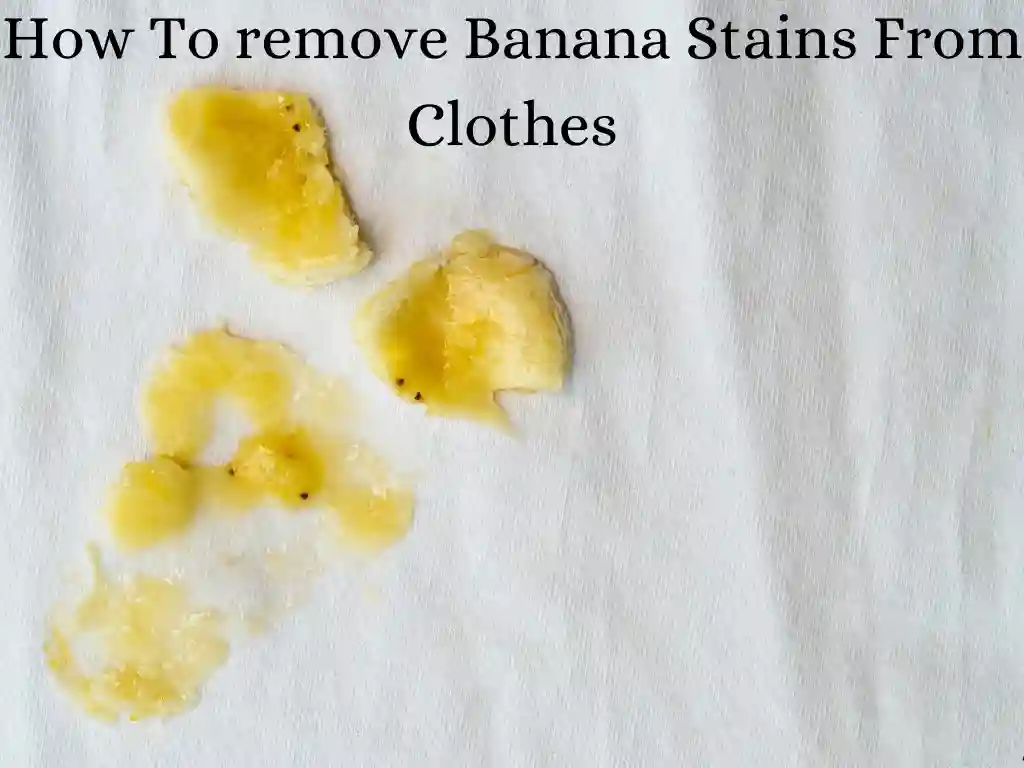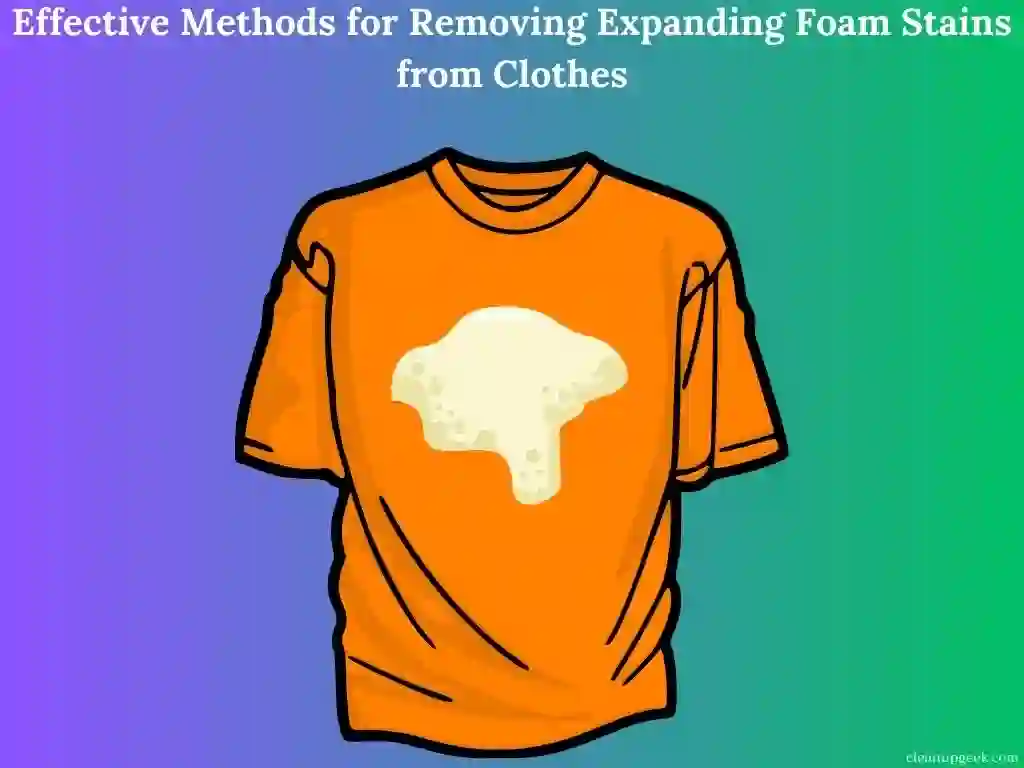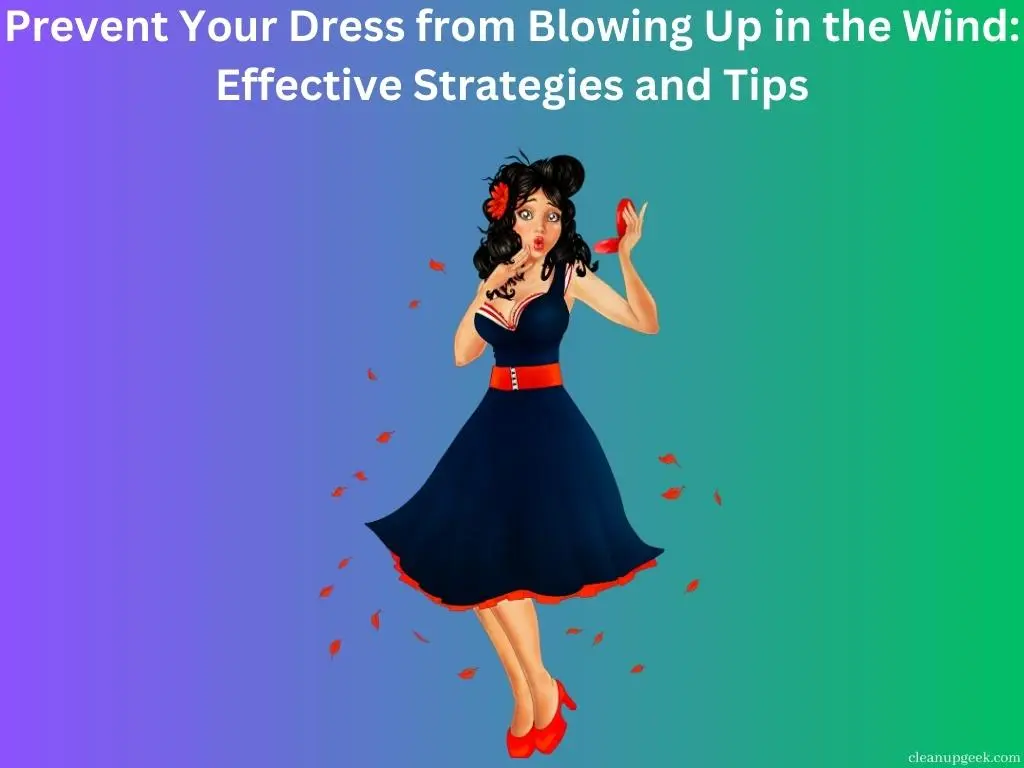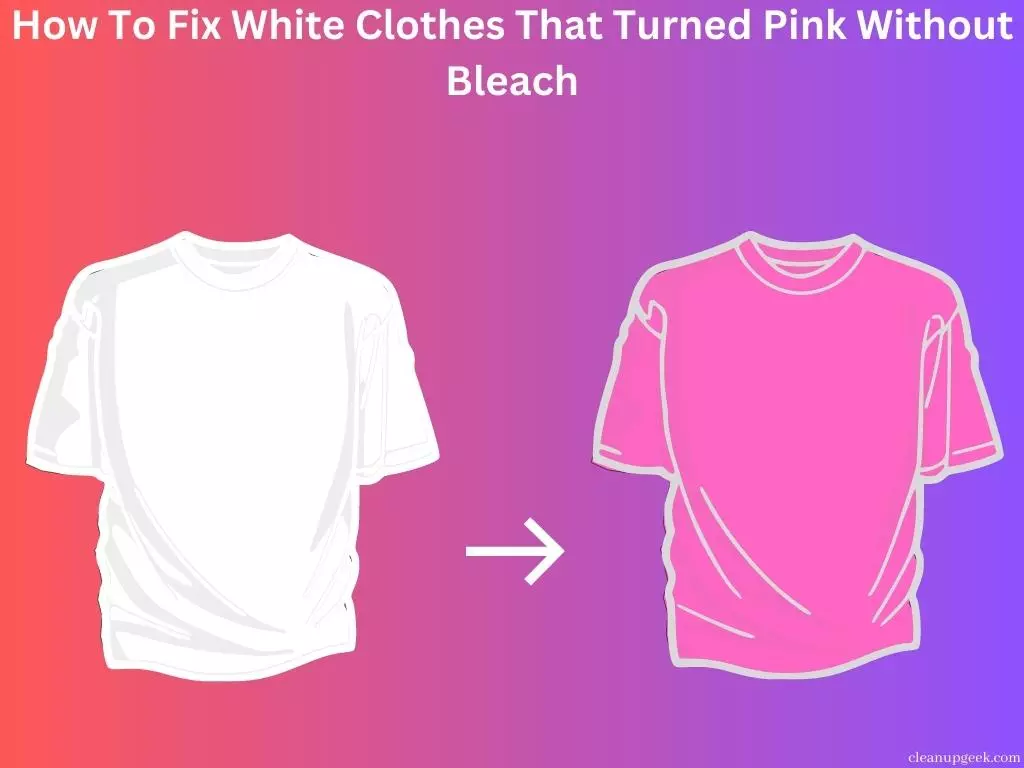Ever wondered how to keep your clothes in the best possible condition? You’re not alone, as we all struggle with whether to hang or fold certain items.
This article will unravel the confusion, providing a practical guide on what types of clothes should be hung and which should be folded.
Ready for a wardrobe revolution? Let’s dive in!
INFO
- Hang dresses, blouses, jackets, and pants made of lightweight fabrics in your wardrobe to prevent wrinkles and maintain their shape.
- Fold thicker sweaters, activewear, shorts, t-shirts, and jeans to save space and keep them organized.
- Consider the weight and fabric of each item when deciding whether to hang or fold.
- Utilize hangers, folding techniques, dividers, and organizers to maximize storage efficiency.
Items That Should Be Hung In Your Wardrobe
Watch this Video
Title: Should You Fold Clothes or Hang Them For an Organized Closet?
Owned by: lorie.marrero
Hang your dresses, blouses, jackets and coats, lightweight and flowy fabrics, and pants in your wardrobe for easy access and to prevent wrinkles.
1. Dresses
Hang your dresses in the closet. This keeps them free from wrinkles. Light and heavy dresses both need a hanger. This way, they keep their shape well. Be sure to use the right hanger for each dress type.
Sweater dresses may stretch if hung, so fold them instead.
2. Blouses
Blouses are best hung in your wardrobe to maintain their shape and prevent wrinkles. Hanging blouses also makes them more accessible and easier to find. Use hangers that are suitable for the fabric of the blouse, such as padded or velvet hangers for delicate materials.
If you have limited closet space, consider using cascading hangers to maximize storage efficiency. Hanging blouses not only keeps them looking neat but also helps you save time when getting dressed.
So remember, hang your blouses in your wardrobe for easy access and wrinkle-free wear.
3. Jackets and Coats
Jackets and coats are best hung in your closet to maintain their shape and prevent wrinkles. Since jackets and coats are usually made of heavier fabrics, folding them may lead to creases that are difficult to remove.
Hanging these items also makes it easier to access them when you need them. By using hangers specifically designed for coats or jackets, you can ensure they don’t get stretched out or misshapen over time.
Remember to check the care instructions on the garment label before hanging any jacket or coat, as some materials may require special handling or alternative storage methods. Properly hanging your jackets and coats will keep them looking neat and ready to wear whenever you need them!
4. Lightweight and Flowy Fabrics
Lightweight and flowy fabrics, such as chiffon, silk, and linen, are best hung in your wardrobe. Hanging these types of clothes helps to maintain their shape and prevent unwanted wrinkles.
The delicate nature of these fabrics can make them prone to creasing if they are folded or stacked. By hanging them on hangers, you can keep them looking fresh and ready to wear. So when it comes to lightweight and flowy fabrics, remember to hang them in your closet for optimal care and organization.
5. Pants
Pants are versatile garments that can be hung or folded, depending on your preference and available space. If you have enough room in your closet, hanging pants can help maintain their shape and reduce the chances of wrinkles.
Use pant hangers or clip hangers to hang them properly. However, if drawer space is limited, folding pants can be a practical solution. Fold them neatly and stack them together to save space and make them easily accessible.
Whether you choose to hang or fold your pants, remember to consider the fabric and weight of the garment when making your decision.
Items That Should Be Folded In Your Wardrobe
Watch this Video
Title: Should You Fold Clothes or Hang Them For an Organized Closet?
Owned by: lorie.marrero
Thick sweaters, activewear, shorts, t-shirts, jeans, and scarves are all items that should be folded in your wardrobe.
1. Thick Sweaters
Thick sweaters are best folded rather than hung in your wardrobe. Folding them helps prevent stretching and sagging, keeping their shape intact. The weight of thick sweaters can cause them to stretch when hung on a hanger for a long time.
Plus, hanging them takes up valuable closet space that could be better utilized for items that need to be hung, like dresses and blouses. So remember, keep your thick sweaters neatly folded in drawers or shelves to maintain their quality and save space in your closet.
2. Activewear
When it comes to activewear, it is generally better to fold these items instead of hanging them. This includes items like workout leggings, sports bras, and athletic shorts. Folding activewear helps to maintain its shape and prevents stretching or misshaping that can occur when hung for long periods.
Additionally, folding allows for better utilization of drawer space in your wardrobe. By neatly stacking your activewear, you’ll be able to easily see and access your workout clothes when needed.
Plus, folding helps reduce wrinkles and keeps everything organized. So remember, when it comes to activewear, opt for folding rather than hanging for the best care and storage.
3. Shorts
Shorts are typically folded rather than hung in your wardrobe. Folding shorts helps to save space and keep them organized. It is recommended to fold shorts neatly so they can be easily stacked or stored in a drawer.
By folding your shorts, you can prevent wrinkles and ensure that they stay in good condition for longer periods of time. Remember to consider the availability of drawer space when deciding whether to hang or fold your shorts.
4. T-Shirts
T-shirts are versatile clothing items that can be hung, folded, or even stacked to help reduce wrinkles. Folding t-shirts is a common practice to prevent stretching and maintain their shape.
It’s best to fold t-shirts made of stretchy fabrics like cotton or polyester to keep them in good condition. However, if you have enough hanging space in your closet, you can also hang t-shirts on hangers.
This helps keep them wrinkle-free and makes them easy to grab when getting dressed. So whether you choose to hang or fold your t-shirts, the key is to consider the fabric and your available storage options.
5. Jeans
Jeans are a versatile wardrobe staple that can be hung or folded, depending on your preference and available storage space. If you have enough drawer space, folding jeans is a great option as it helps prevent creasing and saves hanging space in your closet.
However, if drawer space is limited, you can also hang jeans by using hangers with clips or by folding them over the bottom bar of a regular hanger. Just make sure to avoid hanging jeans by their belt loops as this can stretch them out over time.
Remember to consider the weight and thickness of your jeans when deciding whether to hang or fold them.
6. Scarves
Scarves are versatile accessories that can be hung or folded, depending on personal preference and available space. If you have hangers with clips or hooks, hanging scarves can keep them visible and easily accessible.
However, if you prefer to fold your scarves, you can neatly stack them in a drawer or storage container. Folding can help prevent wrinkles and maintain the shape of delicate fabrics.
Just make sure not to hang heavy scarves, as this could stretch out the fabric over time. Whether you choose to hang or fold your scarves, it’s important to store them in a clean and dry area to maintain their quality for longer periods of time.
Tips for Organizing Your Wardrobe By Hanging and Folding

Organize your clothes with these helpful tips: use hangers for structured and wrinkle-prone items, fold heavier fabrics and knitwear, utilize drawer space for folded items, consider space-saving folding techniques, and prioritize accessibility and convenience.
1. Use hangers for structured and wrinkle-prone items
To properly store your structured and wrinkle-prone items, consider using hangers. Hang these types of clothes to maintain their shape and avoid creases. Here are some examples:
- Dresses: Hang dresses to prevent wrinkles, especially those made with delicate fabrics or have intricate designs.
- Blazers and Jackets: Hanging blazers and jackets help maintain their structure and keep them wrinkle-free.
- Dress Shirts: Hang dress shirts to preserve their crispness and ensure they are ready to wear.
- Trousers: Use hangers with clips to hang trousers without causing any creases.
- Skirts: Hang skirts by their waistbands to keep them in good condition and easily accessible.
2. Fold heavier fabrics and knitwear
To keep heavier fabrics and knitwear in good condition, it’s best to fold them. Here are some tips for folding:
- Lay the garment flat on a clean surface.
- Smooth out any wrinkles or creases.
- Fold the item in half lengthwise.
- Fold the sleeves or pant legs toward the center.
- Fold the item in half again, if necessary, to make it compact.
3. Utilize drawer space for folded items
To make the most of your wardrobe, make sure to use your drawer space wisely. Here are some tips for organizing folded items:
- Sort similar items together: Keep all your T-shirts in one drawer, pants in another, and so on. This makes it easier to find what you’re looking for.
- Fold neatly: Take the time to fold your clothes properly, ensuring they are flat and uniform in size. This will help maximize space and prevent wrinkles.
- Use dividers or organizers: Consider using dividers or small bins within your drawers to separate different types of clothing. This can help keep everything neat and easy to access.
- Utilize vertical space: If you have deep drawers, try using drawer separators or even small shoeboxes to create layers within the drawer. This allows you to stack folded items vertically, maximizing the use of space.
- Rotate seasonal items: If you have limited drawer space, consider rotating out seasonal clothing items that aren’t currently being used. Store them in a separate location until they are needed again.
4. Consider space-saving folding techniques
When organizing your wardrobe, it’s important to consider space-saving folding techniques. These techniques can help you maximize the storage capacity of your closet and drawers. Here are some tips:
- Fold clothes using the KonMari method: This technique involves folding clothes into compact rectangles, which can be stacked vertically in drawers. It not only saves space but also makes it easier to see and access your items.
- Roll clothing items: Rolling clothes instead of folding them can save space and prevent wrinkles. This technique works well for lightweight fabrics like t-shirts, tank tops, and pajamas.
- Use garment folders: Garment folders are specialized containers that help you fold clothes uniformly and compactly. They are especially useful for business shirts or formal wear.
- Hang pants vertically: Instead of hanging pants horizontally on hangers, try using a hanger designed for vertical hanging. This allows you to hang multiple pairs of pants in a small amount of space.
- Utilize shelf dividers: If you have shelves in your closet, use dividers to create separate compartments for folded items. This helps keep everything organized and prevents clothes from toppling over.
5. Prioritize accessibility and convenience
When organizing your wardrobe, it’s important to prioritize accessibility and convenience. Here are some tips to help you achieve this:
- Group similar items together: Keep all your dresses in one section, blouses in another, and so on. This will make it easier to find what you need quickly.
- Arrange clothing by frequency of use: Place the items you wear most often at eye level or within easy reach. This way, you won’t have to dig through your closet every time you want to wear something.
- Utilize storage solutions: Invest in closet organizers, hanging shelves, or shoe racks to maximize the space in your wardrobe. These can help keep everything tidy and easily accessible.
- Label containers or drawers: If you have storage bins or drawers for folded items, label them with categories like “T-shirts,” “Jeans,” or “Activewear.” This makes it easier to locate specific items without rummaging through everything.
- Consider a seasonal rotation: If you have limited closet space, rotate your clothes seasonally. Keep out-of-season items stored away until they’re needed.
FAQs

1. What is the guide about hanging vs. folding clothes for wardrobe management?
This guide helps you know what clothes should be hung, like dresses and dress pants, versus those that need folding, such as light sweaters or cardigans.
2. Why should I hang some garments in my wardrobe?
Hanging certain garments like hanging dresses helps keep their shape and prevents wrinkles. This method of clothing storage is key to proper clothing maintenance.
3. Can I fold all types of trousers to save space in my closet?
No, dress pants are better off when hung, but casual trousers can be folded without harm.
4. How does organizing my wardrobe by hanging vs. folding help me maintain my clothes?
Organizing your wardrobe with a mix of hanging and folding keeps your garments in good shape longer. Hanging wards off creases while keeping items easy to find.
5. Is there a special way to store blouses?
Blouses tend to wrinkle easily so they should be hung up after washing and drying.
Conclusion and final thoughts
In conclusion, knowing whether to hang or fold your clothes can help keep your wardrobe organized and prevent wrinkles. Hang dresses, blouses, jackets, and lightweight fabrics to maintain their shape.
Fold thicker sweaters, activewear, t-shirts, jeans, and shorts to save space. Consider the weight and fabric of each item when making your decision. With these tips in mind, you’ll have a well-organized closet that keeps your clothes looking their best!
